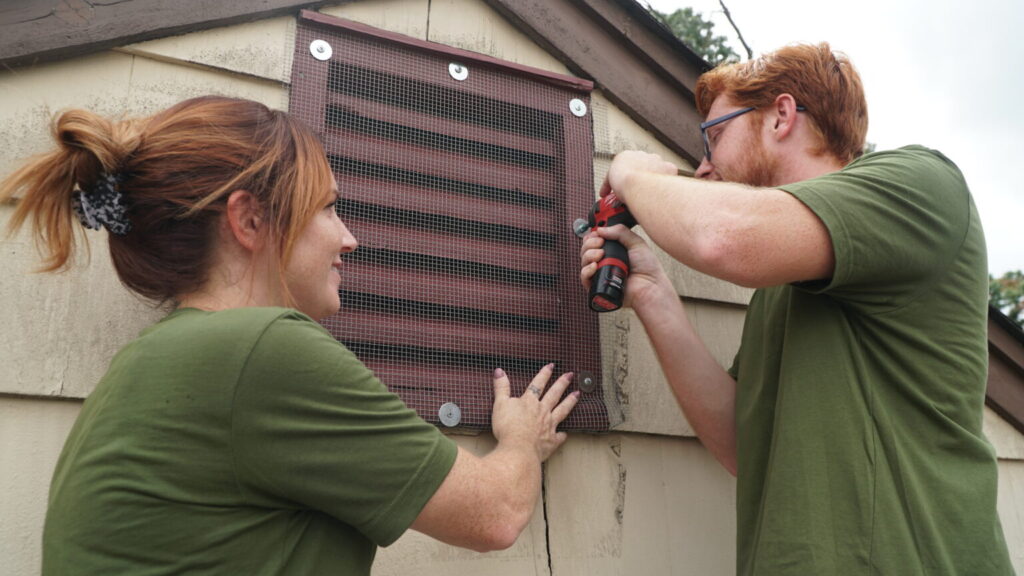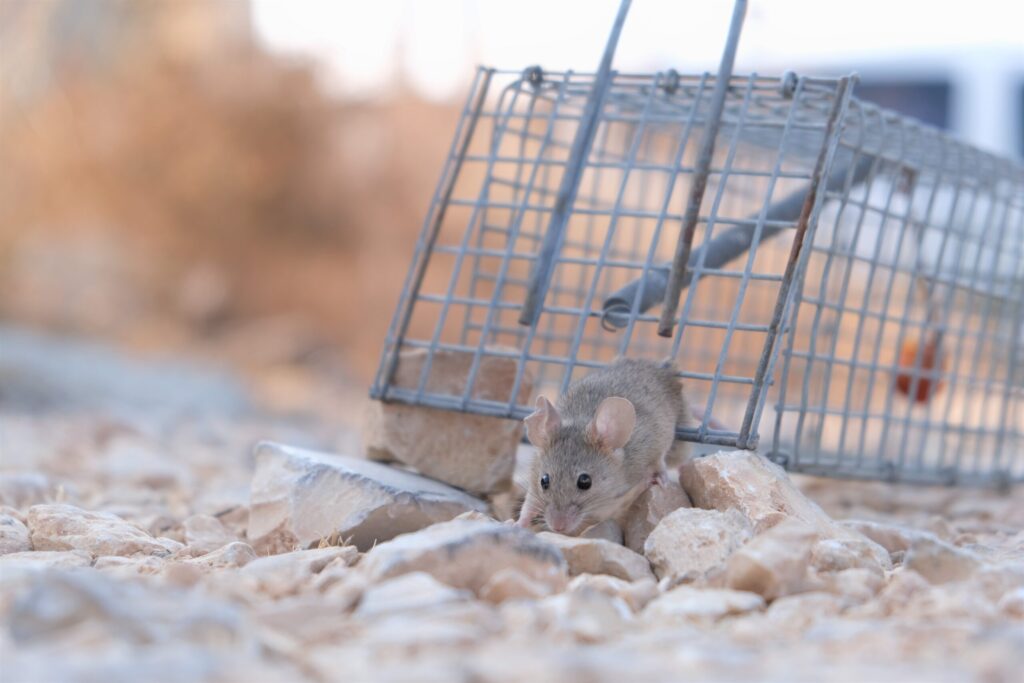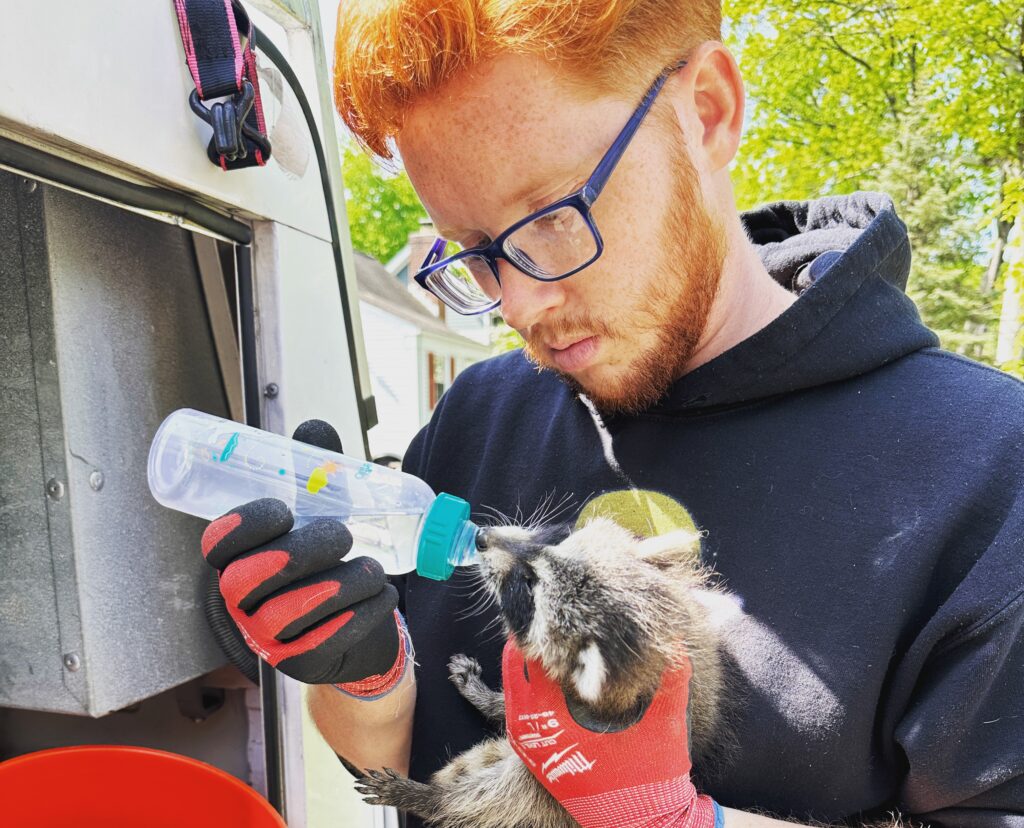Animal trapping has been a vital practice for centuries, serving various purposes such as wildlife management, pest control, and conservation. In today’s world, effective animal trapping methods are more refined, often focusing on humane techniques that prioritize the well-being of both the animal and the surrounding environment. Whether you’re dealing with a persistent nuisance or need to capture wildlife for relocation, choosing the right trap can make all the difference in the success of your efforts.
Understanding the behavior and habits of the animal you’re trying to trap is crucial. Not all animals respond to the same traps or bait, so it’s important to select the most suitable trapping technique based on the species and the environment. Modern animal trapping techniques offer a variety of options, from live traps that allow for safe release to more specialized equipment designed for specific species. By mastering these methods, you can effectively manage unwanted wildlife while minimizing harm to the animals.
Key Takeaways
- Choose the right trap based on animal size and behavior.
- Use species-specific bait for effective trapping results.
- Place traps in areas with clear signs of animal activity.
- Always follow local laws and humane trapping practices.
- Regularly check traps to ensure timely, stress-free animal release.
Understanding the Purpose of Animal Trapping
Animal trapping plays a crucial role in managing wildlife, controlling pests, and even aiding in scientific research. The primary purpose of animal trapping is to capture animals without causing them undue harm, allowing for either relocation, population control, or data collection for conservation efforts. In many cases, people turn to animal trapping to address issues like property damage caused by nuisance wildlife, such as raccoons, squirrels, or groundhogs. By humanely trapping and relocating these animals, property owners can resolve these problems without resorting to lethal measures.
Beyond pest control, animal trapping is essential for maintaining ecological balance. Wildlife management programs often use trapping as a tool to monitor and manage populations of specific species, ensuring they do not disrupt the local ecosystem. Additionally, research organizations rely on trapping methods to capture animals for tagging, studying, or observing in a controlled environment. Whether for personal needs or broader environmental goals, animal trapping remains a key strategy in managing wildlife responsibly and humanely.
Key Considerations for Choosing the Right Trap
When it comes to animal trapping, selecting the right trap is essential for both effectiveness and the safety of the animal. One of the first factors to consider is the type of animal you are targeting. Different species have different behaviors, sizes, and strengths, all of which will influence which trap works best. For instance, smaller animals like squirrels or rabbits might require a cage trap, while larger predators such as coyotes or foxes may need sturdier equipment like leghold traps.
Another key consideration is the location of the trapping. The environment—whether it’s a residential area, woodland, or open field—affects the type of trap you should use. Traps that work well in urban settings, like live traps, might not be suitable for rural areas where different species roam. It’s also important to think about local regulations surrounding animal trapping. Many regions have strict laws about the kinds of traps you can use, especially in terms of humane treatment, so always ensure that the trap you choose complies with these standards.
Types of Animal Traps
When engaging in animal trapping, it’s important to choose the right type of trap based on the target species and the environment. One of the most common types of traps is the live trap, which is designed to capture animals without causing harm. Live traps are particularly useful when dealing with small mammals such as raccoons, squirrels, or opossums. These traps typically use bait to lure the animal inside, where it triggers a mechanism that closes the door, allowing the animal to be safely relocated elsewhere.
Another type of trap often used in animal trapping is the leghold trap. These traps are typically employed for larger animals like coyotes or bobcats and are designed to catch the animal by the foot, holding it securely without causing significant injury. While there is some controversy surrounding leghold traps, modern versions are equipped with padded jaws that reduce the potential for harm, making them a viable option for wildlife management.

Tips for Successful Animal Trapping
Successful animal trapping requires more than just setting a trap and waiting. There are several techniques that can increase your chances of capturing the target animal efficiently and humanely. One of the most important aspects is using the right bait. The bait should be highly attractive to the specific animal you’re targeting. For example, sweet-smelling foods like marshmallows work well for raccoons, while raw meat may lure in predators such as foxes or coyotes. Understanding the dietary preferences of your target animal ensures that the trap is as enticing as possible.
Another key to effective animal trapping is proper trap placement. The location of your trap can make a significant difference in whether or not it is successful. Place the trap along well-traveled paths or near known food sources, water sources, or nesting sites. Observing tracks, droppings, or other signs of the animal’s presence can help you determine the best location for the trap.
FAQs
What is the most humane way to trap an animal?
The most humane method for animal trapping is using live traps. These traps are designed to capture the animal without causing harm, allowing for safe relocation or release. Live traps, such as cage traps, are ideal for homeowners dealing with nuisance wildlife like raccoons, squirrels, or opossums, as they minimize stress and injury to the animal.
How can I make sure I’m trapping the right animal?
To ensure you’re targeting the right animal, observe its behavior, tracks, and droppings in the area where the trap will be set. Using species-specific bait can also improve accuracy. Placing the trap in areas where you’ve seen activity or evidence of the animal increases your chances of trapping the intended species.
Are there any legal restrictions for animal trapping?
Yes, trapping laws vary depending on your location. Certain traps, such as body-gripping or leghold traps, may be restricted or require permits. Always check local wildlife regulations to ensure that you are following the law and using humane, approved trapping methods.
What should I do with the animal after trapping it?
Once an animal is trapped, it should be relocated according to local laws. Most areas require that nuisance animals be released within a certain distance from where they were captured. For humane reasons, it’s best to release the animal in a suitable habitat far from human dwellings. Be sure to wear gloves and follow safety precautions during relocation.
How often should I check my traps?
Traps should be checked at least once or twice a day. Regular monitoring ensures that any captured animal does not suffer from prolonged stress or exposure to harsh weather. Promptly checking traps also allows you to quickly release or relocate the animal, minimizing harm.
Conclusion
Animal trapping, when done correctly, can be an effective and humane way to manage wildlife, control pests, or address nuisance animals on your property. By understanding the behavior of your target animal, selecting the right trap, and applying key techniques such as using proper bait and strategic trap placement, you can increase your chances of success. Whether you’re dealing with small mammals, larger predators, or nuisance pests, taking the time to plan your trapping efforts ensures the safety of the animal and the effectiveness of your approach.
For those who need professional assistance or are unsure about the best methods to use, it’s always a good idea to consult experts. If you’re facing an animal problem and need reliable solutions, call Kritter Catchers now at (973) 747-5455! Let the experts help you with all your animal trapping needs, ensuring a safe and humane outcome for both you and the animals.


